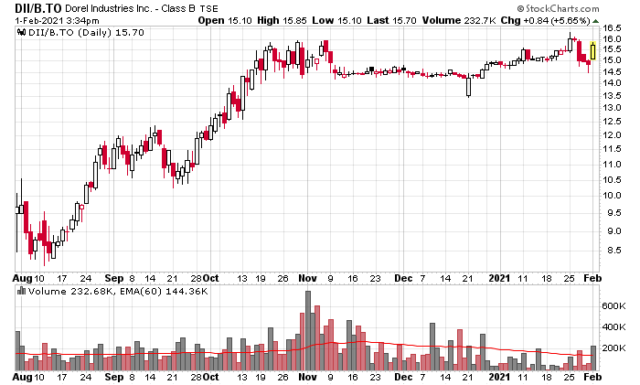This post is for future reference.
In general, the status of Canadian oil and gas (no doubt due to ESG investors, coupled with our federal administration) has suppressed asset prices to the point that is reminding me of how Philip Morris was trading in 1999-2000 (single digit free cash flow multiples). Needless to say, I think we are in the early stages of a mean reversion process.
I introduce Divestor’s Canadian Oil and Gas Index (DCOGI), which covers a good swash of upstream production, and some downstream as well. It is a pretty simple index which covers most of the Canadian oil and gas production, and some downstream refining –
20% of: CVE, CNQ, SU
10% of: TOU, WCP
5% of: ARX, BIR, MEG, PEY
I will set the index at 100, and construct it off of a notional index of $1M invested at the prices closing February 5, 2021. No rebalancing. Dividends/distributions will NOT be reinvested but cash drag will be tracked. I’ll post more details of the index composition this weekend and track it periodically.
(Update, December 14, 2021 – I have posted a Re-Balancing Policy)
Update at the end of the trading day:
Ticker – Shares:
ARX – 7,426
BIR – 20,325
CNQ – 6,196
CVE – 24,600
MEG – 8,993
PEY – 10,482
SU – 9,066
TOU – 4,662
WCP – 19,048
